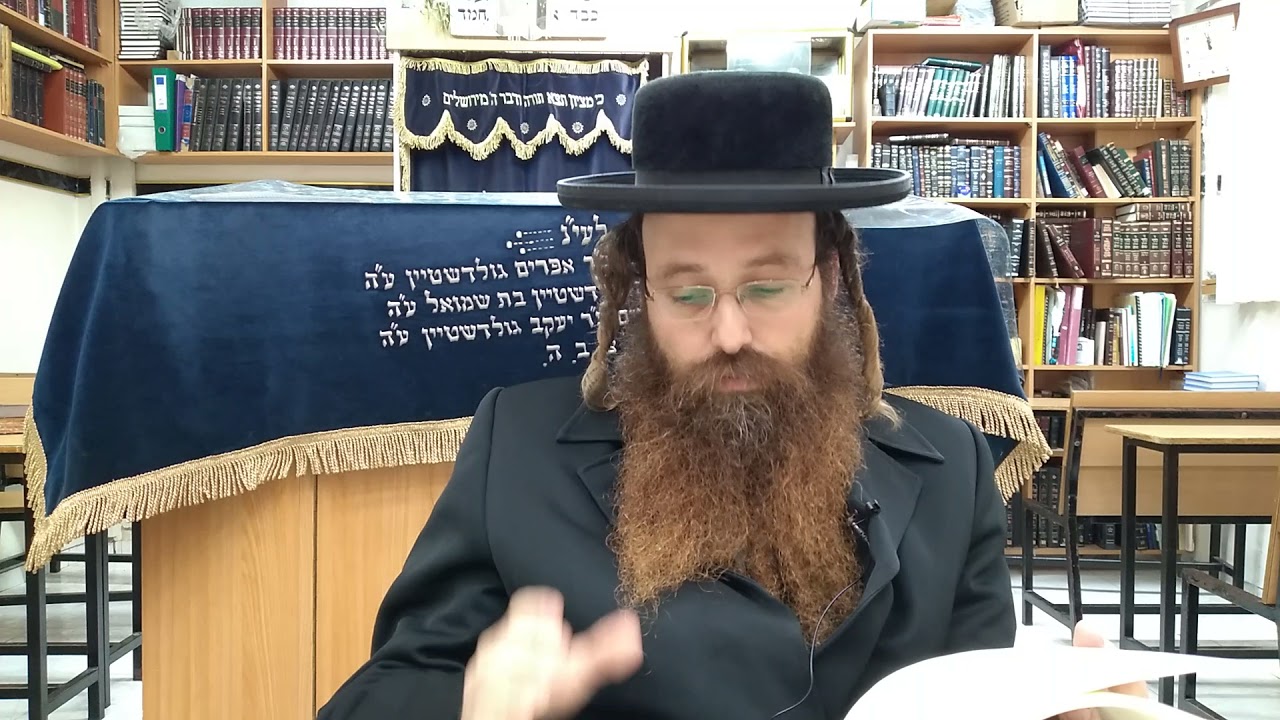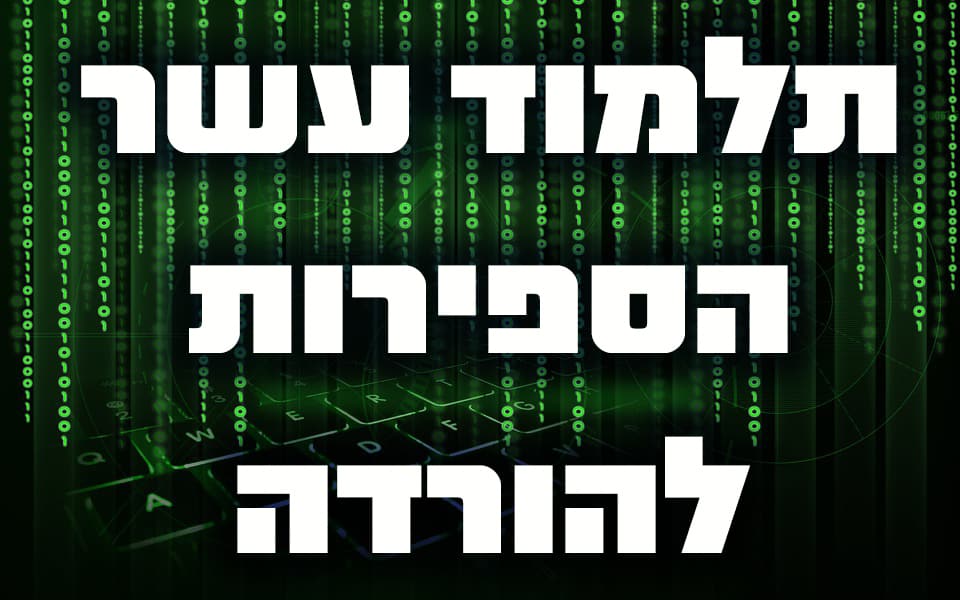פיזיקה קלאסית קבלה
הרב ברנדווין – יסוד האומה: אהבת הזולת
י"ח בניסן הילולת הרב יהודה צבי ברנדוויין בעל מעלות הסולם לתיקוני הזוהר – צבי לצדיק – מאמר ד'
קבלה – חכמת הקבלה #קבלה #חכמת #הקבלה #חסידות | 📌 הירשמו לערוץ בקליק והפעילו את הפעמון 🔔 לקבלת עדכונים | שיעורים | ושידורים חיים | הצטרפו לטלגרם לעדכונים נבחרים ותוכן יחודי: http://telkb.net | אתר הבית: https://kabbalah.pw | פייסבוק: https://bit.ly/3JVlHvk
הצטרפו כחברי מועדון לתמוך בהפצת התכנים וקבלת הטבות:
https://bit.ly/3MH1YE2
לכל הערוצים:
https://linktr.ee/kab10
צבי לצדיק – מאמר א'
קבלה – חכמת הקבלה #קבלה #חכמת #הקבלה #חסידות | 📌 הירשמו לערוץ בקליק והפעילו את הפעמון 🔔 לקבלת עדכונים | שיעורים | ושידורים חיים | הצטרפו לטלגרם לעדכונים נבחרים ותוכן יחודי: http://telkb.net | אתר הבית: https://kabbalah.pw | פייסבוק: https://bit.ly/3JVlHvk
הצטרפו כחברי מועדון לתמוך בהפצת התכנים וקבלת הטבות:
https://bit.ly/3MH1YE2
לכל הערוצים:
https://linktr.ee/kab10
הרב ברנדויין – שביעי של פסח
קבלה – חכמת הקבלה #קבלה #חכמת #הקבלה #חסידות | 📌 הירשמו לערוץ בקליק והפעילו את הפעמון 🔔 לקבלת עדכונים | שיעורים | ושידורים חיים | הצטרפו לטלגרם לעדכונים נבחרים ותוכן יחודי: http://telkb.net | אתר הבית: https://kabbalah.pw | פייסבוק: https://bit.ly/3JVlHvk
הצטרפו כחברי מועדון לתמוך בהפצת התכנים וקבלת הטבות:
https://bit.ly/3MH1YE2
לכל הערוצים:
https://linktr.ee/kab10
צבי לצדיק הרב ברנדויין
י"ח ניסן הילולת הרב ברנדוויין – צבי לצדיק | קבלה – חכמת הקבלה #קבלה #חכמת #הקבלה #חסידות | 📌 הירשמו לערוץ בקליק והפעילו את הפעמון 🔔 לקבלת עדכונים | שיעורים | ושידורים חיים | הצטרפו לטלגרם לעדכונים נבחרים ותוכן יחודי: http://telkb.net | אתר הבית: https://kabbalah.pw | פייסבוק: https://bit.ly/3JVlHvk
הצטרפו כחברי מועדון לתמוך בהפצת התכנים וקבלת הטבות:
https://bit.ly/3MH1YE2
לכל הערוצים:
https://linktr.ee/kab10





